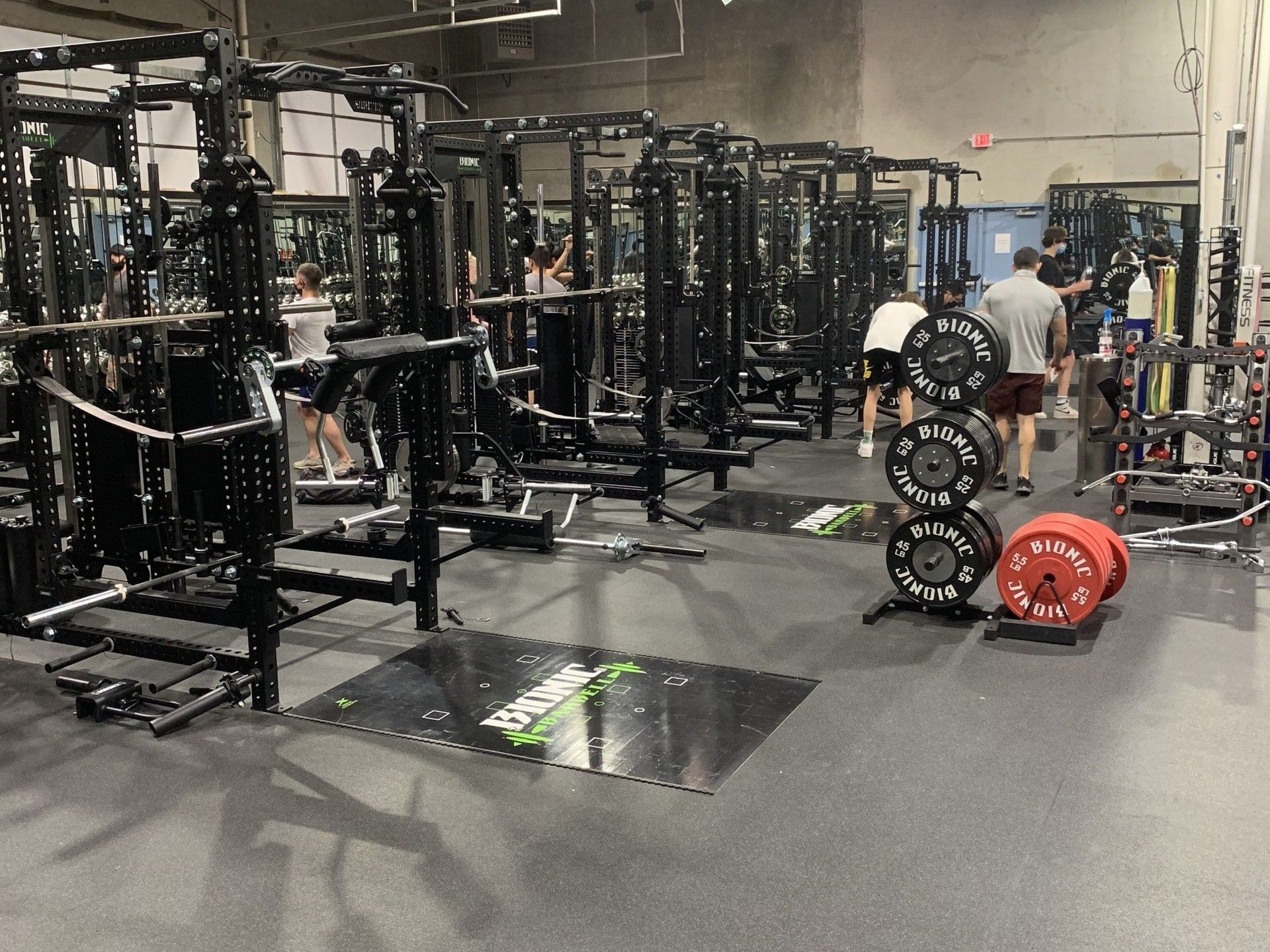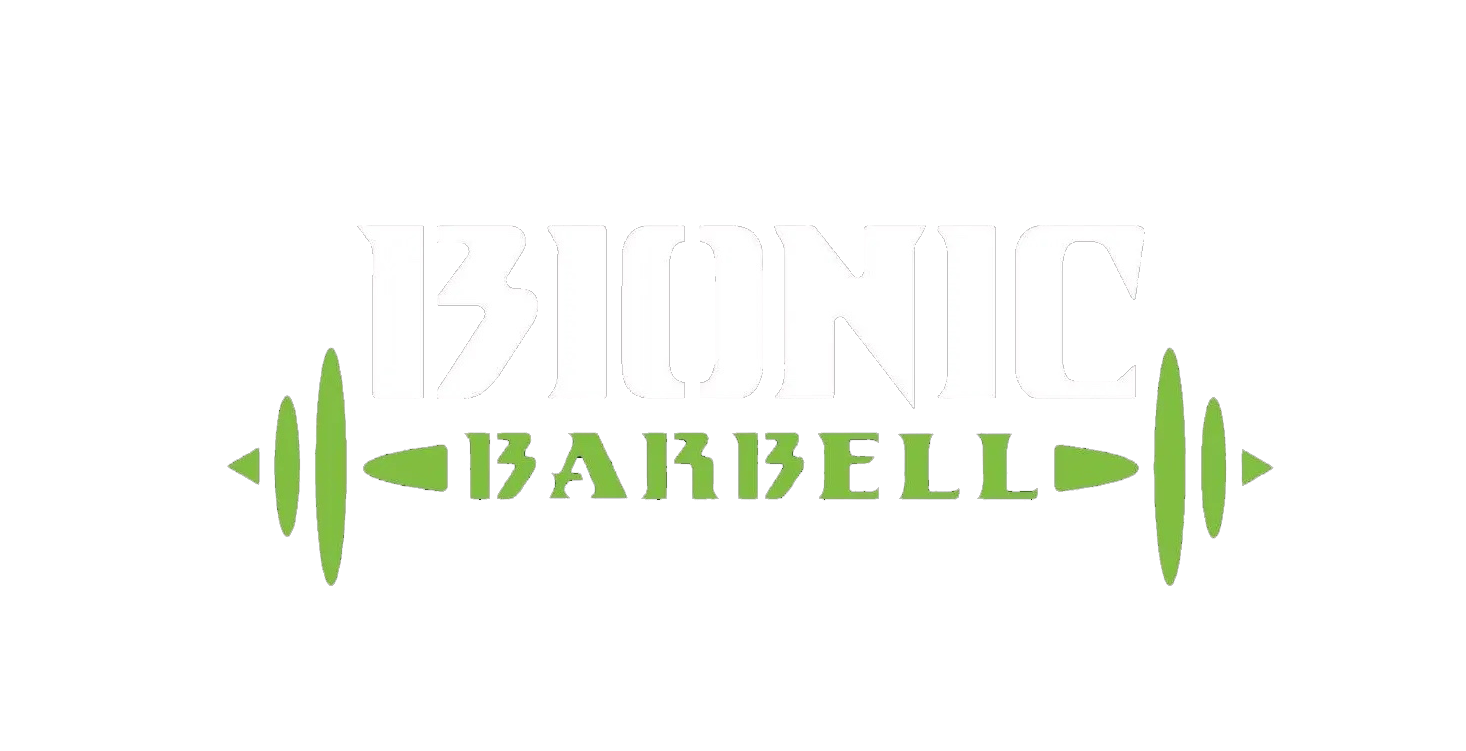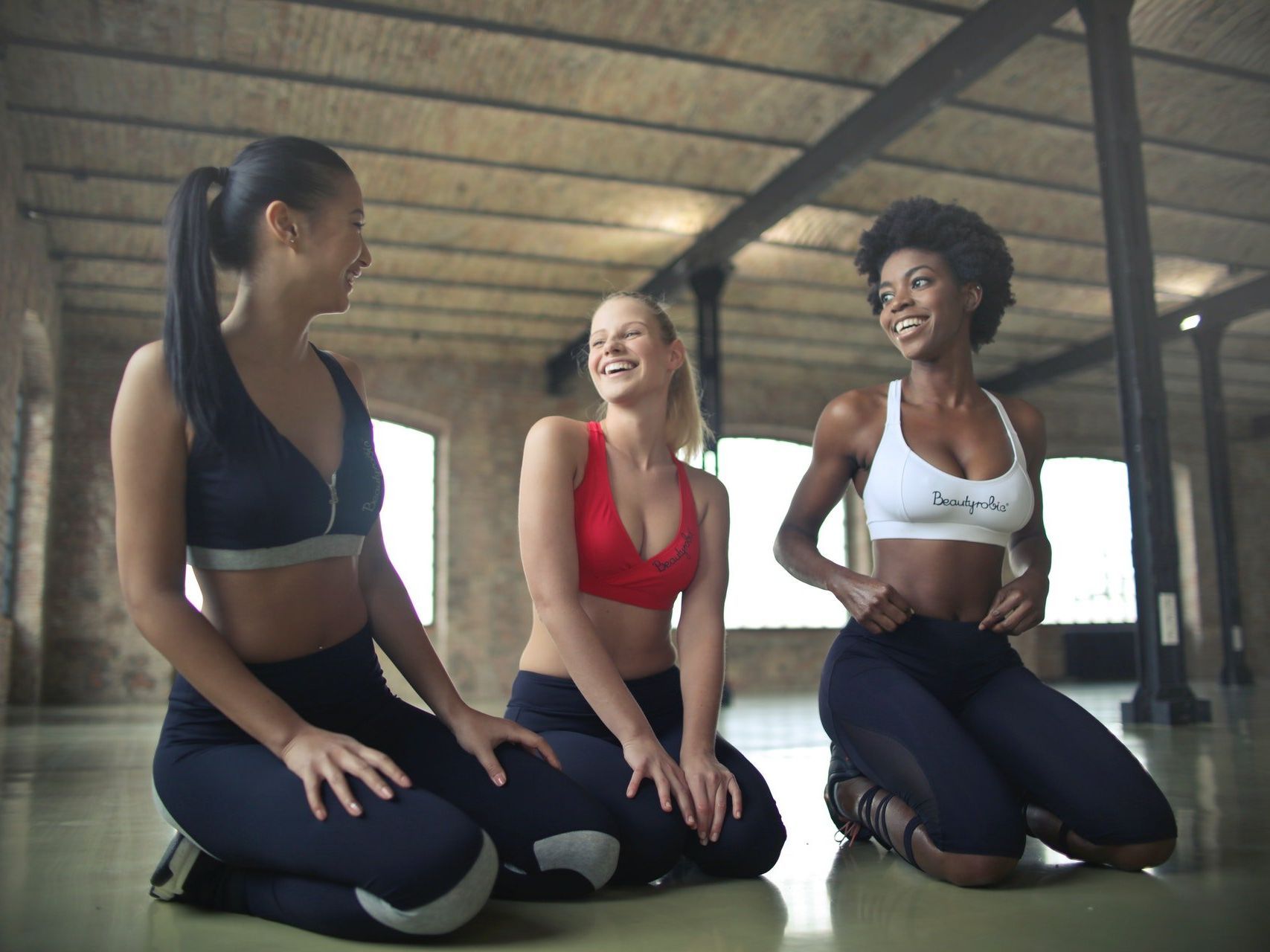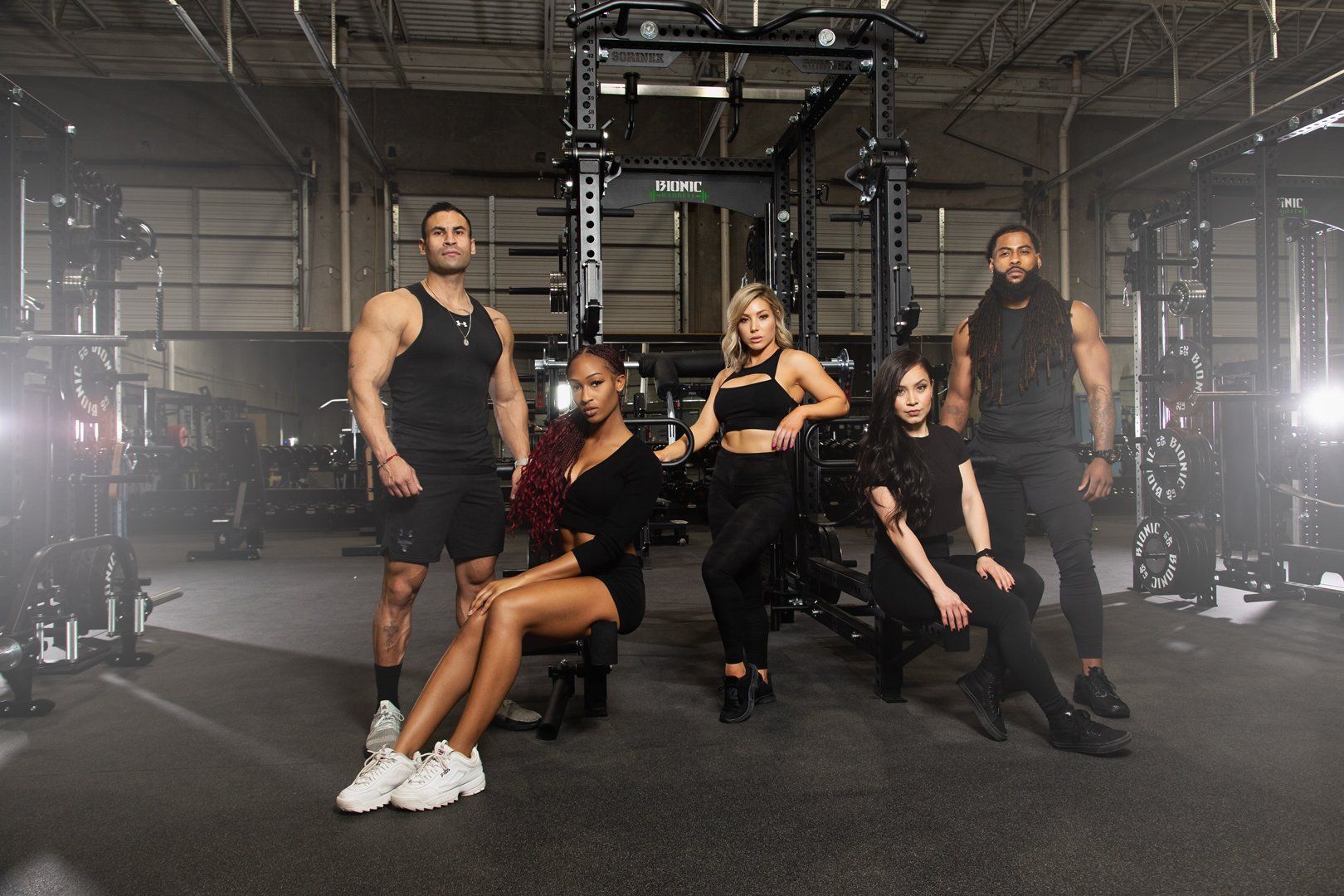Machines vs Free Weights
A Beginner's Guide to Weights

It’s good that you’re seriously thinking about breaking into the Las Cruces fitness scene. It’s a fun place to be, full of awesome people. And as you can imagine, there are some serious health benefits that come with this decision.
As someone just beginning to work out, or someone looking to incorporate weight lifting into their exercise routine for the first time, deciding on whether you want to use weight machines or free weights is a big question. Let’s start this conversation by saying that BOTH free weights and weight machines are beneficial.
Weight lifting is incorporated into an exercise routine to achieve what we call “strength training.” When done consistently and correctly, strength training can lead to stronger bones and better muscle health, while also reinforcing major joints like knees, hips, and ankles.
Strength training is one of the best ways to build muscle, and muscle burns more calories at rest than other tissues (you might have heard the correlation between building muscle and increasing your body’s resting metabolism rate).
While cardio exercise alone is amazing, the combination of cardio and strength training is highly recommended for a complete, well-rounded workout plan (and don’t forget that nutrition and hydration also play key roles here too).
With all of that in mind, let’s spend a few minutes talking about weight machines, free weights, and how you can think about ways to incorporate them into your workouts, as a beginner.
Weight Machines
A weight machine is just that, an exercise machine that is used for strength training. Weight machines use gravity, physical weight plates that can be added or subtracted, and/or a combination of simple resistance mechanics to allow you to pull, push, etc.
A lot of beginners like weight machines because they are beginner friendly. They are generally easier to use, have instructions, and there are built-in safety measures so you don’t accidentally drop a 50 lb weight if you can’t lift it. The machine takes the brunt force.
Weight machines also give you a level of support and stability, so when you’re learning how to lift for the first time, the machine actually holds you in the correct position and helps you develop proper technique from the start.
Machines, however, are limiting. Most devices only allow for one type of exercise, so that means you’re only working out a specific area. You need a lot of machines to achieve a total-body workout. Now, a good gym can provide all of that, but it’s something to keep in the back of your mind.
Free Weights
Free weights, on the other hand, are weights that are not attached to a machine. In a standard gym, these include dumbbells, barbells, weight plates, medicine balls, sand bells, and kettlebells (make sure to ask one of our reps or trainers what we have available).
In-home gyms and in the world of CrossFit, a tire is also considered a free weight. While free weights allow for a ton of flexibility and range in exercises, you need to pay close attention to stance, head placement, back position, workout motions, etc.
This also means you really need to pay attention to the people around you. Where machines are spaced out and solidly mounted to the ground (or heavy enough they are not going to move or tip over), free weights you are in control…or not. Just imagine a 20-lb medicine ball flying through the air because someone did not catch it correctly. That doesn’t happen with a weight machine.
It’s also (unfortunately) easy for someone with free weights to rely on momentum and not focus on slowly and steadily lifting something. It’s easy to get into a bad habit of swinging your arms while holding onto a free weight like a kettlebell, for example. Ensuring you understand the proper technique is the name of the game with free weights.
Free weights are amazing, though, for engaging all sorts of muscle groups during a routine and can often allow you to move more naturally. There is an awesome kettlebell workout where you squat with the kettlebell in a low cradle hold, then extend your hips while also pulling the kettlebell up to your chest. Talk about heart pumping and so many different muscles engaged!
Regardless of what you feel comfortable with or what works better for your routine, the following advice is for BOTH weight machines and free weights:
Take It Slow and Easy
Diving right in the deep end unprepared and lifting weights that are too heavy for you is a recipe for disaster. If your body is not ready, weight lifting can cause serious injury to your muscles, joints, and back. Some of these injuries can be so severe that they can affect your entire life, and you will not be able to lift normal, everyday things or even bend over.
While you can discuss the specific number of reps and what lifting methods are ultimately the best for you, we generally suggest you start with a weight that you can lift comfortably for a single set of 10-12 times. Comfortable, meaning you’re not straining, not shaking, and not dropping the weight. As you get stronger, you will be able to increase this weight and/or increase the number of sets you complete with the same weight.
For anyone interested in pushing the limits and figuring out their max weights and what not, it’s best to learn form before you experiment with your upper limits.
Form, Form, Form
As you are learning to lift free weights for the first time or about to start on a new weight machine, learn how to lift correctly. This is called form. Form is the specific way for you to position your body and perform the weight-lifting movement depending on the type of weight or machine.
This is critical to avoiding injury, but it is also how you will maximize your strength training (thus increasing the benefits of said strength training). Form also includes paying attention to your breathing and when you breathe in as you lift the weight and when you breathe out as you lower the weight. Don’t hold your breath.
Form can look very different from one weight-lifting exercise to another and from one machine to another, and there are a TON of videos and how-to guides out there to help you (in addition to our dedicated staff and trainers). Someone who practices good form can also tell when they are getting too tired or sloppy (this is also why we have a lot of mirrors around the gym).
A lot of people lift weights on their own, but when it comes to form, we really suggest buddying up. Having someone else watch you while you’re lifting who is able to help you move your feet this way or check the position of your back or head is super helpful.
If you’re worried about finding a good lifting buddy, our trainers are great at this.
Balance
When thinking through how strength training will be added to your workout plan, remember that your body is made up of over 600 muscles, and balance is key to well-roundedness. No, we’re not talking about your ability to walk on a tightrope suspended across a circus tent. We’re talking about balancing workouts so that complementary muscle groups get the same amount of attention.
We recommend strengthening opposing muscles and having a weight training plan that does not just focus on one muscle set. For anyone who does yoga, this is the same thought process of combining twists with active bends and then with extension exercises for strengthening and stretching your back.
Here’s the gist of the whole thing. If you work out the front muscles, work out the back muscles. If you work out one side of muscles, work out the other side of muscles. For your legs, for example, if you work out your quad muscles (the muscles across the front of the thigh), make sure you’re also working out your hamstrings (muscles across the back of the thigh).
Keeping opposite muscle groups in mind also helps ensure you don’t have a physical muscle imbalance. Have you ever seen someone with a noticeably larger part of their arm than another or someone with insane back muscles but no pectoral anything? Balance. Balance. Balance.
Remember to Stretch
A good warm-up and then cool-down stretching routine before and after a workout not only fends off injury and supports flexibility, but it helps prevent muscle imbalance too. If muscles become too tight, it causes muscles on the opposite side to become weak, and this can lead to a physical imbalance as well.
So, since we recommended above that if you work out your quad muscles, you need to work out your opposite, hamstring muscles — this goes for stretching too. If you stretch the quad, make sure to stretch the hamstring. There are a lot more muscles though, so do your research and be intentional.
Just Ask
If you are thinking about a new workout routine that includes weight machines and/or free weights and are not really sure where to start, just ask. Remember, as a member with Bionic Barbell, our gym representatives and trainers are here to help you think through your exercise plan and goals so you can exercise safely and make progress.
This is a fitness community, and we want anyone in Las Cruces to feel safe and comfortable learning how to lift and exercise in this gym. That’s our job, so as a beginner, you don’t have to figure this out on your own.



